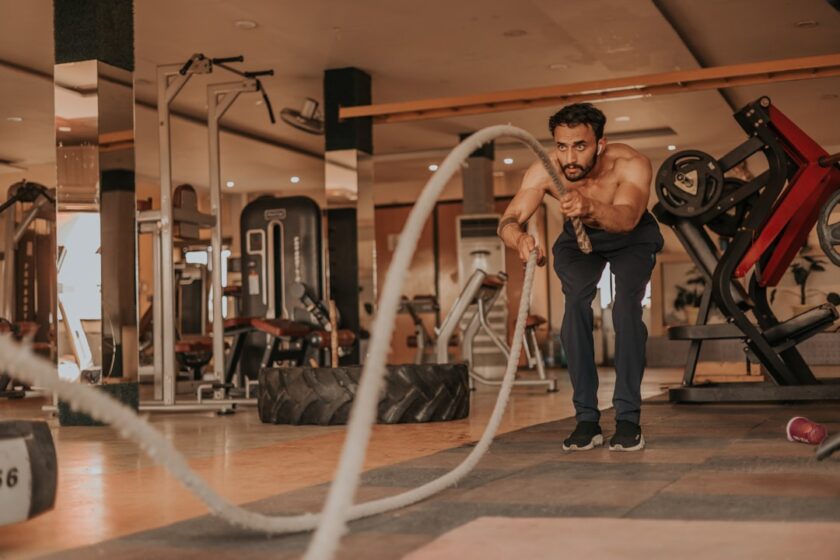Why Posture Matters
Good posture is essential for overall health and well-being. It contributes to better breathing, improved circulation, and a reduced risk of chronic pain. Let’s explore some effective posture improvement tips to help you stand tall and feel confident.
1. Be Mindful of Your Posture
Awareness is the first step to good posture. Regularly check in with your body and adjust your posture as needed throughout the day. Here are some tips to maintain awareness:
- Set reminders on your phone or computer to check your posture every hour.
- Use sticky notes in visible areas to remind you to stand up straight.
- Practice posture checks in front of a mirror to see your alignment.
2. Strengthen Your Core
A strong core supports your spine and encourages proper alignment. Here are core-strengthening exercises to include in your routine:
- Planks
- Bridges
- Russian twists
- Bicycle crunches
Incorporate these exercises at least three times a week for the best results.
3. Stretch and Mobilize Regularly
Incorporating stretching into your daily routine can alleviate tension and improve flexibility. Consider the following stretches:
- Chest stretch
- Shoulder rolls
- Cobblers stretch
- Seated spinal twist
Hold each stretch for 15-30 seconds and repeat a few times to maintain flexibility.
4. Optimize Your Workspace
Your work environment plays a significant role in your posture. Adjust your workspace with these tips:
- Check your chair height to ensure your feet touch the floor.
- Position your computer monitor at eye level.
- Keep frequently used items within arm’s reach to avoid straining.
5. Practice Good Sitting Habits
Sitting for long periods can lead to poor posture. To combat this, try these techniques:
- Sit all the way back in your chair with your back supported.
- Avoid crossing your legs, which can misalign your hips.
- Consider using a lumbar support cushion.
6. Use Proper Footwear
The shoes you wear can have a significant impact on your posture. Consider the following footwear tips:
- Choose supportive shoes that provide cushioning.
- Avoid high heels for extended periods.
- Wear shoes that fit well and offer proper arch support.
7. Incorporate Postural Exercises into Your Routine
Specific exercises can target muscle groups that support good posture. Here are a few to add to your workouts:
- Wall angels
- Dead bugs
- Pilates roll-up
- Cat-cow stretches
8. Maintain a Healthy Weight
Extra weight can strain your body and negatively impact your posture. Maintaining a healthy weight through diet and exercise is vital. Consider these strategies:
- Focus on balanced meals rich in fruits, vegetables, whole grains, and lean proteins.
- Stay hydrated throughout the day.
- Engage in regular physical activity.
9. Mind Your Technology Use
Excessive phone and computer use can lead to poor posture, commonly known as ‘tech neck’. Combat this by:
- Holding your device at eye level.
- Taking breaks to stretch your neck and shoulders.
- Using voice commands when possible to reduce screen time.
10. Schedule Regular Massage or Physical Therapy
Regular massage can help relieve tension and improve posture. Physical therapy can also provide individualized exercises and techniques tailored to your needs. Consider these options:
- Seek a licensed massage therapist who specializes in posture correction.
- Look for a physical therapist to assess your posture and tailor a program for you.
Conclusion
Improving your posture is a journey that requires conscious effort and practice. By implementing these tips into your life, you’re sure to experience benefits such as decreased pain, better breathing, and increased confidence. Start today, and stand tall!



